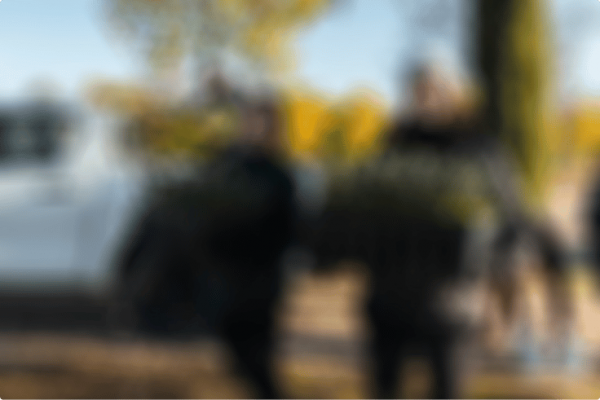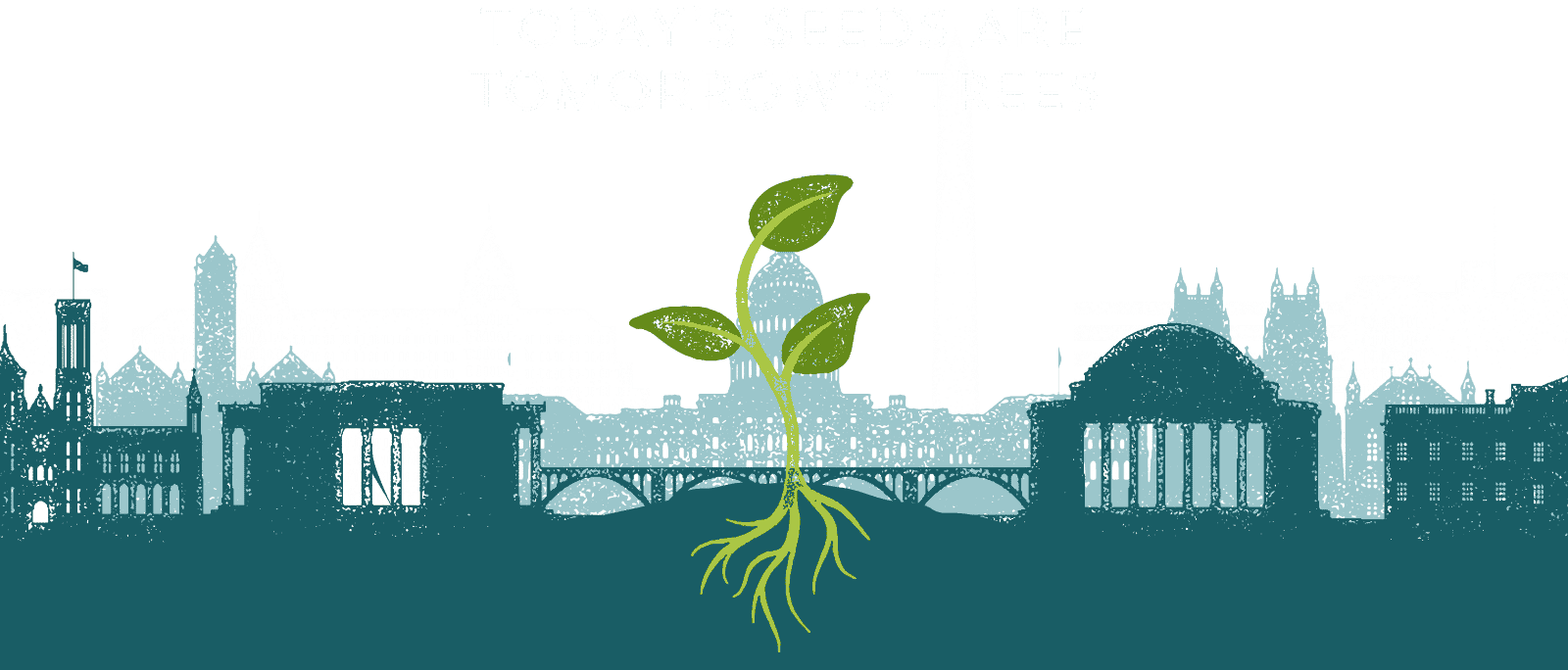Seed Collection
Many hands make light work
Tomorrow’s Trees approach to seed collection imagines hundreds of people and communities across the Potomac region gathering small quantities of seeds to make a big impact.
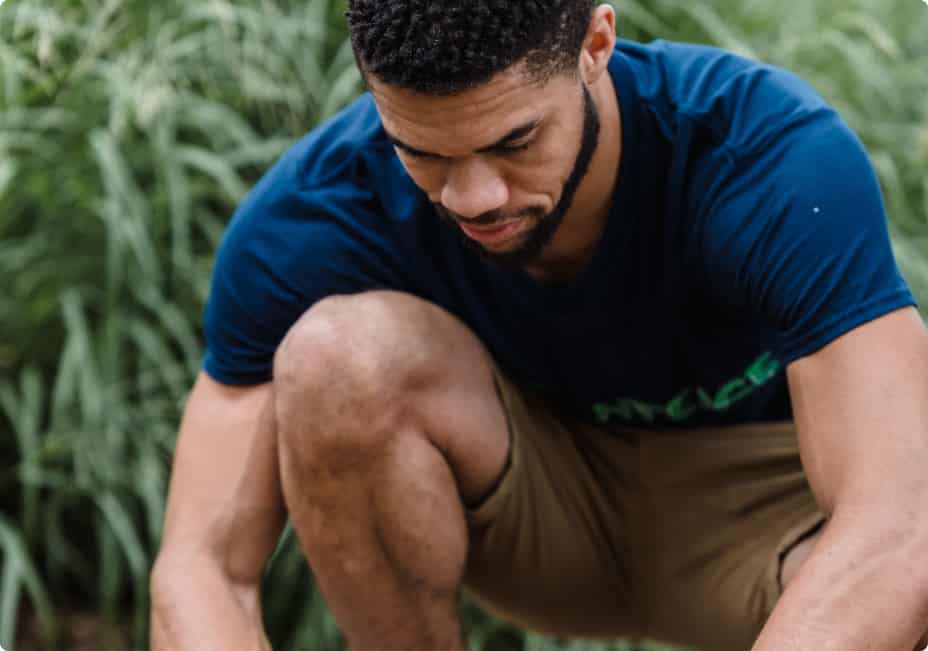
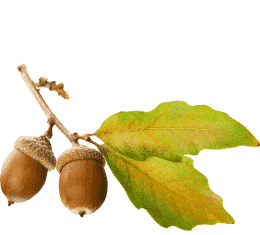
How Seed Collection Works
Many hands make light work. Tomorrow’s Trees approach to seed collection imagines hundreds of people all across the Potomac region gathering small quantities of seeds to make a big impact.
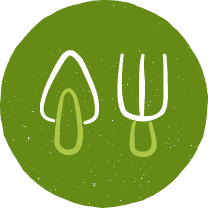
Step One of The Process
Community members gather tree seeds in their communities and submit weight and species data at local drop-off sites
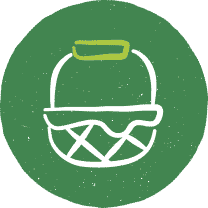
Step Two of The Process
Foresters receive seeds from the community, which they germinate and nurture from seeds into saplings
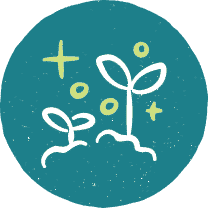
Step Three of The Process
Saplings are made available to home owners, non-profits and government agencies for reforestation projects that support clean water goals
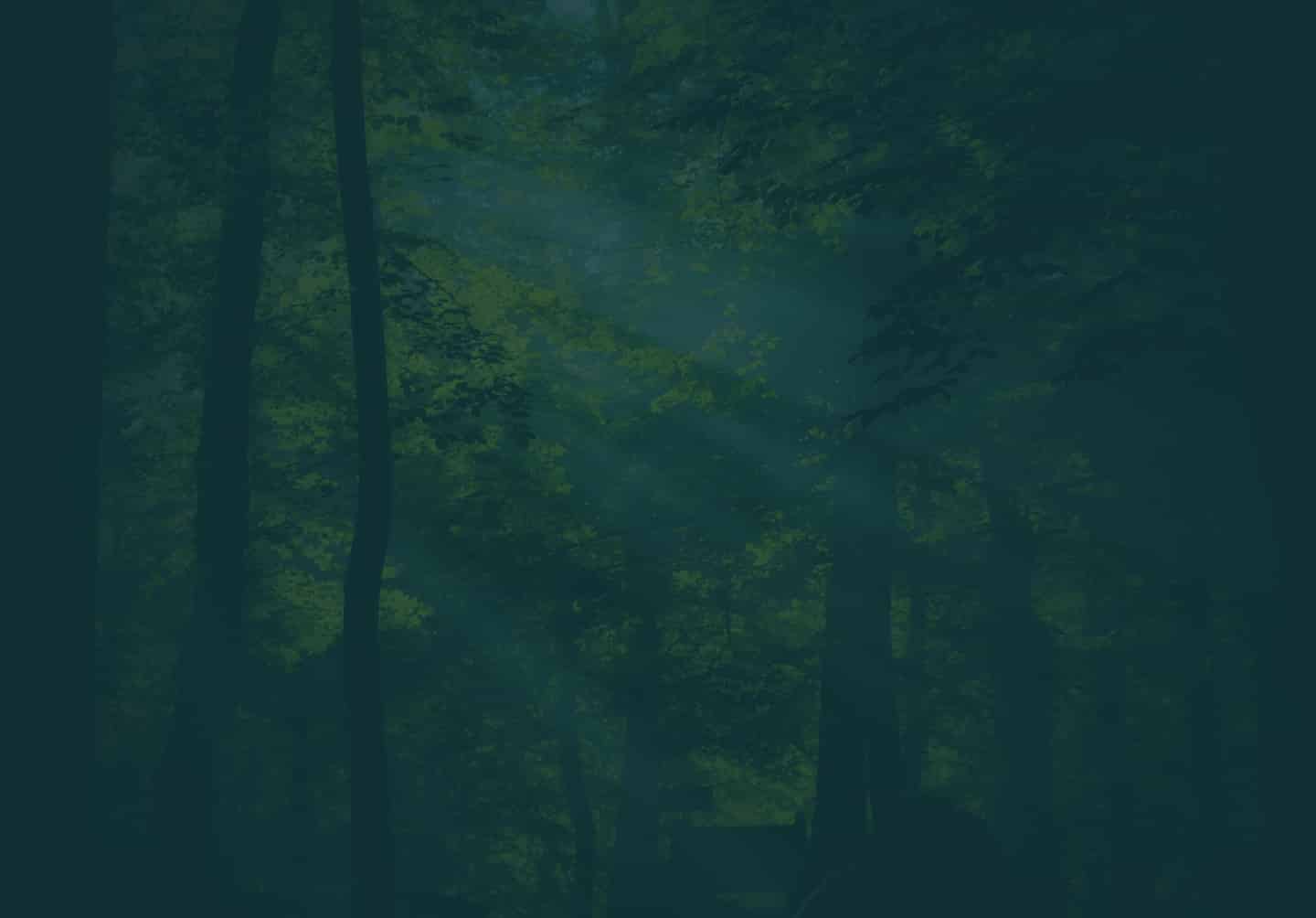
Join a Hosted Event
It’s easy to get involved with a hosted event. Join foresters and community members
- Just show up! All materials are provided
- And a third bullet point about getting involved
Video Testimonial Title
Short description of the content of the subpage linked to by this section euismod massa volutpat risus non massa cras bibendum in cum feugiat lacinia ac leo.
- Bullet point about getting involved
- Another bullet point about getting involved
- And a third bullet point about getting involved
Learn About Seeds & Trees
More ResourcesCommon Questions About This Topic
Community seed collection is fun and easy! We’ve taken the guess work out and provided some FAQs
There are several ways you can get involved. First, you can collect in your own backyard at your convenience and as the seeds fall, deliver the seeds to a drop-off site near you. Drop-off locations are active in September and October. Specific opening and closing dates vary from year to year. To help you find out whether you have native hardwood trees that are needed, check out our tree identification charts, courtesy of Virginia Tech. Second, you can coordinate a seed collection site for a group of people in your neighborhood or at a park, school, or church near you. Or, you may join in a nearby public collection event that has already been established. Finally, you can help us establish a new drop-off location, which you would be responsible for overseeing and monitoring once a week to let us know when it needs to be emptied.
First, visit our desired tree species list to learn if the seeds from your tree are needed for Tomorrow’s Trees. If you are collecting from more than one type of tree, it is very important to be sure that each kind of seed is bagged separately. In other words, if you are collecting pin oak and white oak, the white oak acorns should go in a different bag than the pin oak acorns. Once you have collected your seeds, you must deliver them to your local drop-off site. Drop-off locations are active in September and October. Specific opening and closing dates vary from year to year. If you are collecting seeds before then, be sure to store them in a cool, dry place until you deliver them to the drop-off.
We encourage you to use the tree identification charts courtesy of Virginia Tech’s Forestry Department and get to know your trees. If you are having trouble, there are free apps available that can help you with tree identification.
Apple:
Google Play:
Not all seeds are healthy and able to produce a new tree. Those that are healthy are called “viable.” You can help make Tomorrow’s Trees a success by doing a few simple tests to ensure that the seeds you have collected are good.
First, if you find that all or most of the acorns still have their caps on and do not easily fall off, then chances are they are not viable. The seeds may have been blown off the tree in a windstorm or nipped off by a squirrel before they had a chance to mature.
Next, if the cap is off take a handful of acorns and put them in a cup or bucket of water. If most or all of the acorns float, they are probably not viable and you should wait a few more days to a week and try this test again with freshly fallen seeds. If most of them sink, they probably are viable, and you should go ahead and collect them. Do not float test all of your acorns, because float testing may cause them to sprout prematurely.
No. Acorns need very little special treatment, but we need to ensure that they don’t dry out prior to delivery to the nurseries. The best bags to use are dry weave or burlap bags. These bags are readily available at local hardware stores. We also supply our registered groups and provide some bags at drop-off sites and at the weekend community events we attend throughout October. Plastic shopping bags are not appropriate as they heat up the seeds and facilitate rot. Potomac Conservancy uses sandbags to keep seeds dry, but ensures that bags are picked up right away to prevent them from heating up. Additionally, it is VERY important to be sure that each kind of seed is bagged separately. In other words, if you are collecting pin oak and white oak, the white oak acorns should go in a different bag than the pin oak acorns.
If you don’t have a seed site in mind, check our Events Page for public collection opportunities. Other sites that might be willing to allow acorn collection, with prior permission, are schoolyards, churches, golf courses, and state and local park systems.
Note that the National Park Service does not allow acorn collection on any federal park property without specific permission.
Yes! It is extremely important that you seek out and receive permission from the owners of the properties on which you want to collect acorns. This is a great way to meet your neighbors, and to spread the word about this important project.
You bet! Each year thousands of pounds are collected by volunteers and delivered to the state nurseries. Every year, your state foresters are required to meet quotas of seeds to assist the nurseries in producing the needed stock for restoration and reforestation purposes. By generating a volunteer network to provide the seeds, we are helping to free foresters to focus on helping farmers and others who are working to protect our landscapes and waterways.
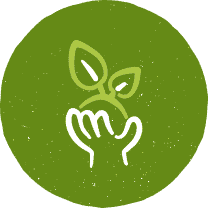
Pitch in and Help!
Check out our event map to find upcoming events in your areas. No local events? No problem. Collect seeds in your own community, and drop them off at one of our seed kiosk locations!
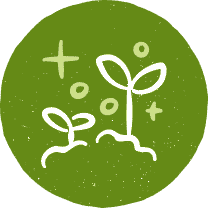
Lead Our Volunteers!
Ready to get more involved? We offer training and resources to plan your own local seed collection event from start to finish. Sign up today to become a clean water champion in your community!

